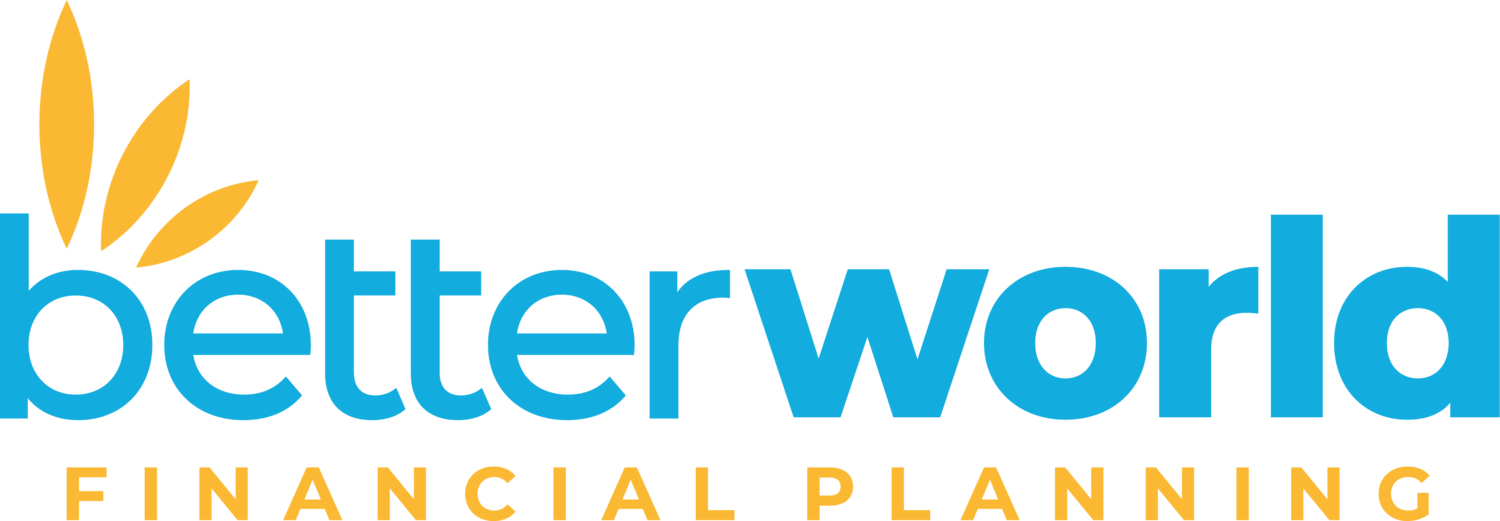Why being boring works
For investors wanting reassurance just now that things are returning to normal, the headlines haven’t been very encouraging.
In the UK, the end of Boris Johnson’s tumultuous period as Prime Minister has heralded a fractious contest for who will take over; the cost-of-living crisis continues, with energy bills likely to shoot up again this winter; and the recent heatwave seems to confirm all the worst predictions about climate change.
Every economist and fund manager will have a view on what happens next. Could a new PM mean a return to less populist, more market-friendly policies? Are we heading for a period of ‘stagflation’ that drags the UK economy down further? Do the current problems put ‘net zero’ and the ESG agenda at risk?
It all adds to continued uncertainty for financial markets. And, as we’ve said before, this can be difficult for investors to sit through. With share prices taking a hit since the start of the year, there’s a temptation to just do something, in the hope it will counter short-term volatility – even if it means abandoning a successful long-term strategy.
Lessons from the 49ers
In times of uncertainty, it’s very easy to get hooked into a success story, where it seems that returns are just going to go up and up. But lessons from history show us this can often be very damaging in the long run.
One of the most famous examples was the 1849 gold rush.
Thousands of prospectors headed to California hoping to strike it rich. But, while some made their fortune, many more ended up broke. Even the man who first discovered the gold, James W Marshall, and the landowner John Sutter, didn’t profit.
In fact, those who were most successful weren’t even digging for gold. People like Samuel Brannan famously made their money selling picks, shovels and pans to the prospectors.
Modern-day gold rushes
What we’re looking at is speculation versus investment. On the one hand you’ve got a gamble that could lead to a big payoff – but is more likely to lead to nothing. On the other, you base your actions on the evidence in front of you (in Brannan’s case, a steady stream of prospectors willing to pay a high price for equipment as they hunted for gold).
There are plenty more examples of fads and trends that have turned out to be modern-day gold rushes. The dotcom bubble at the beginning of this century saw companies like Pets.com grow to vastly inflated valuations, before disappearing off the map. Only companies like Google and Amazon, with more robust business models, stood the test of time.
And in the last few years, cryptocurrency and NFTs (non-fungible tokens) have been a notable source for speculators, attracted to the potential of high returns that seem too good to be true.
But, while digital currencies have soared to incredible highs, the talk in 2022 is now of a ‘crypto winter’. They’ve lost around US$2 trillion in value since a rally in 2021, with Bitcoin, the world’s largest digital coin, falling 70% from its all-time high. In some cases, coins that had been worth thousands of dollars are now valued in the single figures.
Being boring works
These high-risk options are a gamble. Just like the original gold rush, only a few people end up making money this way. But many investors worry that they can’t afford to be inactive.
But doing something isn’t necessarily always better. There is a danger of ‘over-acting.’ My advice “keep calm and do nothing,” is simple, but effective:
1) Remember your long-term goals. It’s not about how your investment, or even the wider market, is fixed for the next six months – or even the next year. Long-term investing means thinking much further ahead. What do you need your investment for, and what’s your ultimate time horizon – the next decade, the next 20 years? We design plans from there and work backwards to find a strategy that helps you meet your financial objectives.
2) It’s about fundamentals – not quick returns. Unlike the ‘49 gold rush, or its modern-day equivalents, the focus is on investing, not speculating. Instead of chasing the Next Big Thing, a successful strategy will pick out the companies that have sustainable business models and maintain performance through the economic cycle, not boom and bust.
3) Choose active managers. While my advice for clients is “do nothing”, from my side it’s anything but. Like a swan, we remain calm on the surface, but there’s a lot going on underneath. For example, we focus on active not – passive – investing. The investors we employ on your behalf, think about areas such as positioning and asset allocation, and watch the larger trends to make sure investments are correctly focused.
A final thought to remember is that no one is immune from what’s happening in the markets.
My own portfolio has gone down since the start of the year. More than most in fact, because I’m perhaps more adventurously invested than I would usually advise clients. The downside isn’t fun. But the way out isn’t to try and chase the Next Big Thing.
Instead, it pays to be a bit, well, boring. But, very often, boring works.

